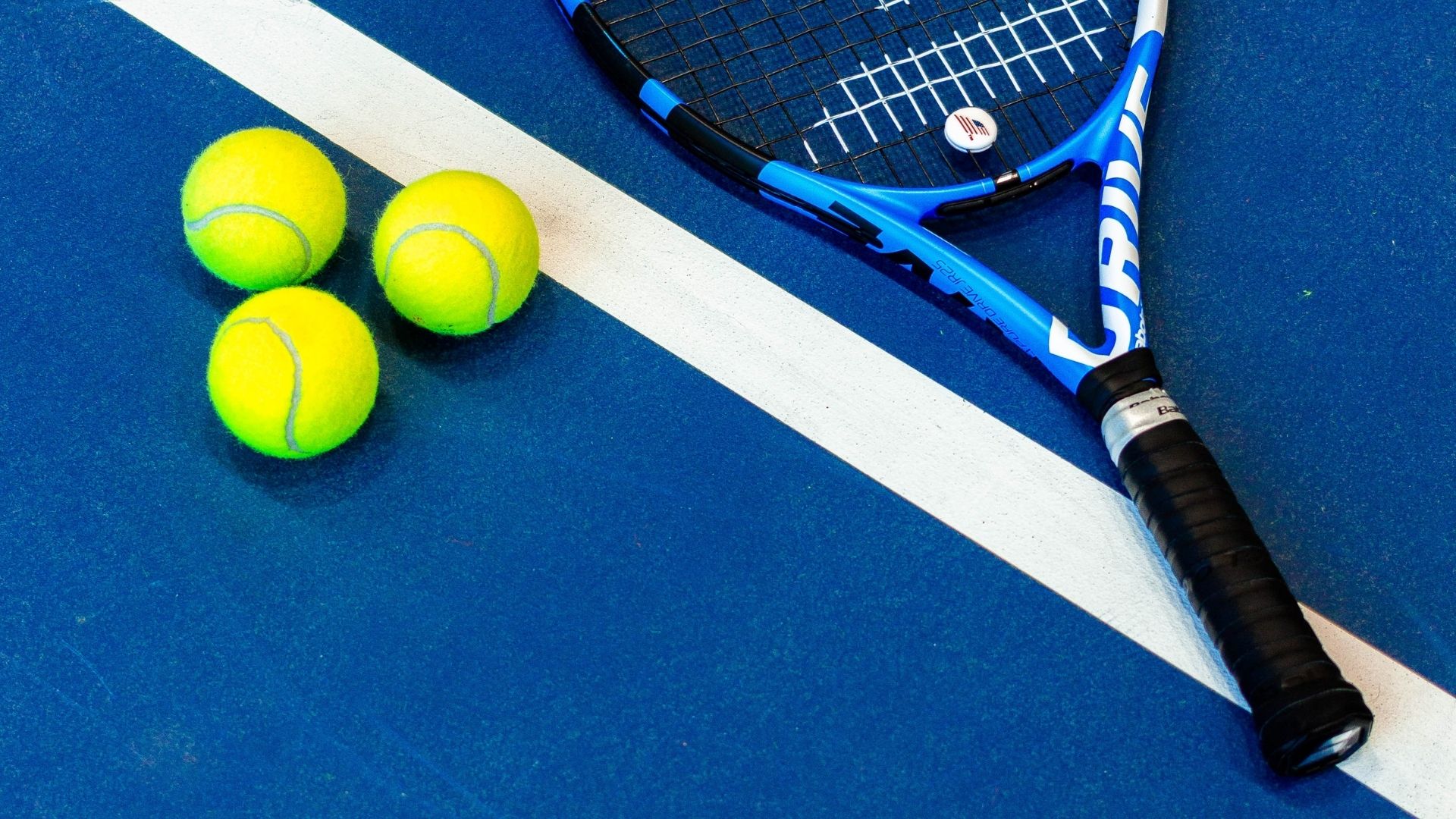
FAQ About Tennis

What are the basic rules of tennis?
The basic rules of tennis are relatively straightforward, and here's an overview of the key rules:
Court Dimensions: A tennis court is rectangular, 78 feet (23.77 meters) long and 27 feet (8.23 meters) wide for singles matches. For doubles matches, the court's width is extended to 36 feet (10.97 meters).
Net: The net divides the court into two equal parts. It stands 3 feet (0.91 meters) high at the center and is supported by posts 3.5 feet (1.07 meters) outside the sidelines.
Scoring: Tennis uses a unique scoring system, with points awarded as follows:
- Love: No points (0)
- 15: The first point won in a game
- 30: The second point won in a game
- 40: The third point won in a game
- Game: The fourth point won in a game
Deuce and Advantage: When the score reaches 40-40 (tied at three points each), it is called "deuce." From deuce, a player must win two consecutive points to secure the "advantage." If they win the next point after "advantage," they win the game. However, if they lose the point, the score returns to deuce.
Sets: Matches are typically played as the best of three sets (first player to win two sets) or the best of five sets in Grand Slam tournaments. To win a set, a player must win six games with a margin of at least two games (e.g., 6-4, 7-5). In case of a 6-6 tie, a tiebreaker is played to determine the set winner.
Tiebreaker: In a tiebreaker, the first player to reach seven points (or sometimes 10 points in a deciding set) with a margin of two points wins the tiebreaker and the set.
Service: The match starts with a coin toss, and the winner chooses to serve or receive first. The server must stand behind the baseline and alternate serving from the right and left service courts. Each player gets two serves, starting from the deuce court and then the advantage court. If a player faults on the first serve, they get a second attempt. If they fault on the second serve, it's called a "double fault," and they lose the point.
Let: If the ball hits the net but still lands in the correct service box, it is considered a "let." The server gets to replay the serve without penalty.
In and Out: If the ball lands on the line, it is considered "in." If it lands outside the line, it is "out." The lines are part of the court, so a ball that lands on the line is still considered in.
Foot Fault: The server must keep both feet behind the baseline while serving. Stepping on or over the baseline before making contact with the ball is called a "foot fault," and the serve is considered a fault.
Service Order: In doubles, both players on a team take turns serving throughout a set, and the receiving team can decide which player will receive the serve.
